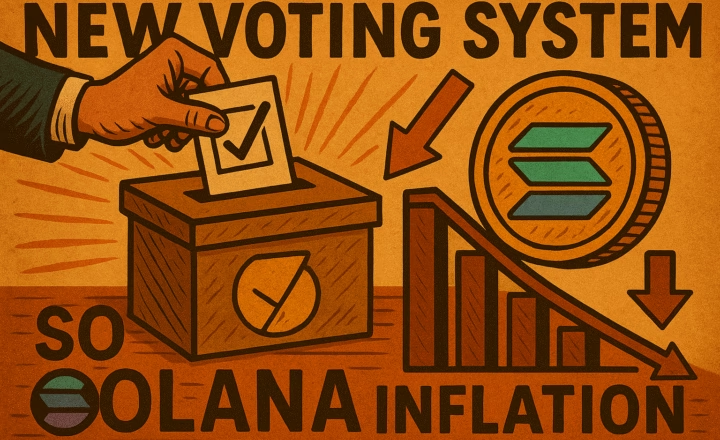External Revenue Service Concept Gains Traction
U.S. President Donald Trump announced on April 27 via Truth Social that federal income taxes could be substantially reduced — or potentially eliminated — once his administration’s sweeping tariff regime is fully implemented.
Trump emphasized that the primary beneficiaries of the tax cuts would be individuals earning under $200,000 per year. He also reiterated his vision for an “External Revenue Service,” referring to the idea of funding the federal government through import duties instead of the Internal Revenue Service (IRS)’s traditional income tax model.
“Income taxes will be substantially reduced for hardworking Americans once our tariff system is fully operational,” Trump stated.
While details remain sparse, Trump’s rhetoric mirrors proposals he floated during his October 2024 appearance on the Joe Rogan Experience, where he suggested that the U.S. could return to a Gilded Age-style economy—an era when tariff revenues funded most federal operations.
Financial Impact: More Disposable Income, But Market Skepticism Remains
According to research from Dancing Numbers, Trump’s plan could save the average American up to $134,809 in lifetime tax payments, with potential savings rising to $325,561 if other wage-based taxes are abolished.
Economists warn, however, that the stimulative effect on the economy is not guaranteed. Since Trump signed the executive order imposing a 10% baseline tariff and reciprocal tariff rates on April 2, the administration has flip-flopped several times on tariff rates and timing—creating significant volatility in equity markets and pushing bond yields higher.
“The uncertainty surrounding trade policy continues to weigh heavily on market sentiment,” noted one financial analyst.
“While lower income taxes could stimulate consumption and investment, protectionist tariffs could offset those gains by raising costs.”
Crypto Implications: A Potential Tailwind
If disposable incomes rise and traditional financial markets remain volatile, cryptocurrencies like Bitcoin (BTC) could emerge as attractive alternatives for investors seeking growth and stability outside fiat-dominated systems.
Higher disposable income could translate into greater retail investment into crypto assets, particularly among younger, internet-native demographics already primed for blockchain adoption.
Moreover, protectionist trade policies historically weaken the U.S. dollar over time — a dynamic that could further enhance Bitcoin’s narrative as a decentralized hedge against monetary instability.
“If trust in the dollar erodes and disposable income rises, Bitcoin and digital assets could see a substantial boost,” one crypto strategist commented.
Already, Bitcoin is showing signs of resilience, trading near $94,593, even as stock markets grapple with heightened volatility.
Final Thoughts: Stimulus or Instability?
Trump’s plan to phase out federal income taxes in favor of tariffs could have far-reaching effects on the broader economy and financial markets. While lower taxes could boost consumption and investment, unpredictable trade policy and elevated inflation risks could counterbalance potential gains.
For the crypto sector, however, the dynamics are promising: higher disposable income, weaker fiat confidence, and a volatile traditional market environment may combine to create ideal conditions for digital asset adoption.
The only certainty at this point? Volatility is here to stay—and in that chaos, crypto may thrive.












